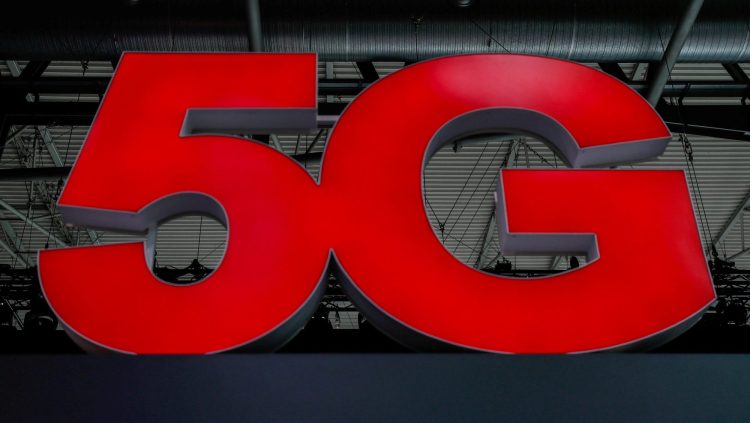Everything about the next-generation cellular standard 5G is complicated — too complicated for average users, and guaranteed to confuse everyone except engineers once early 5G devices begin to hit shelves over the next few months.
But 5G is about to become one of the world’s most important and transformative technologies, so it’s worth understanding right now. As VentureBeat’s resident 5G expert, that’s where I come in.
To help you navigate the big picture concepts and jargon, I’ve put together a must-read “cheat sheet” that explains pretty much everything you need to know in one place. Rather than organizing everything in numeric or alphabetical order, I’ve clustered related concepts under a set of major headings.
Bear in mind 5G is an international standard, but like 4G, it’s not done evolving. This list is just a start, and could evolve in the future as new terms appear.
June 5th: The AI Audit in NYC
Join us next week in NYC to engage with top executive leaders, delving into strategies for auditing AI models to ensure fairness, optimal performance, and ethical compliance across diverse organizations. Secure your attendance for this exclusive invite-only event.
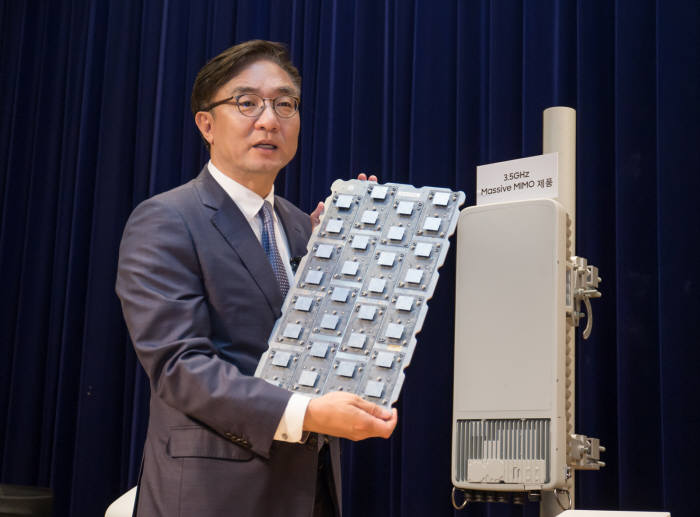
Above: A Samsung official shows off 5G tower hardware.
Big picture
Wireless communications
Decades ago, all long-distance communications required wires, evolving from the basic “two cups connected by a string” to networks of wires that eventually connected most cities and countries to one another. While wired “land lines” are still used all over the world, radio-powered wireless devices began by freeing users from phone cords, then liberated phones from being tethered to homes and offices.
Cellular technology
Cellular wireless technology uses radio waves to send data from phones (and other mobile devices such as computers) to “cells” mounted on “cell towers,” where wires generally carry the data to servers, or to other cell towers for transmission to different phones. Each cellular “generation” uses improved radio technology to boost speeds and other dimensions of performance.
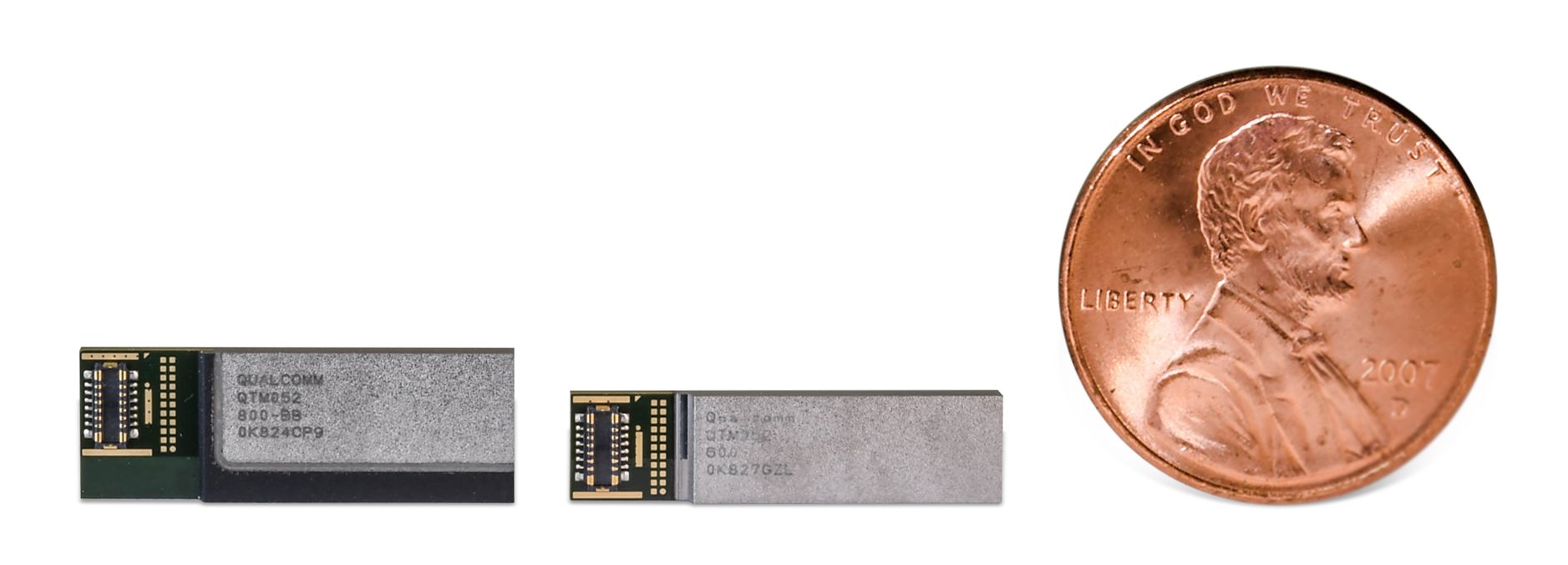
Above: Qualcomm’s latest 5G millimeter wave antennas are designed to fit inside smartphones and computers.
Cellular antennas and modems
The radio components found inside cellular devices, collectively capable of creating, transmitting, receiving, and decoding cellular voice and data communications. A modem does the encoding and decoding, while the antennas help to listen for and broadcast radio signals.
Small cell
The backpack- or pizza box-sized cellular radio box mounted on a tower, lightpost, or building to transmit and receive 5G signals to a cellular carrier such as AT&T, T-Mobile, or Verizon. These boxes are so named because they’re smaller than prior cell boxes, and frequently mounted on smaller (and potentially more visible) towers.

Above: Qualcomm President Cristiano Amon shows off the company’s first live 5G reference phone design.
3G/4G/5G generational standards
3GPP
The group responsible for developing international cellular standards. Short for 3rd Generation Partnership Project, this group has worked to harmonize 3G, 4G, and 5G specifications for the past two decades.
3G
Third-generation cellular communications technologies, which were used in most mobile phones sold from 2007 through 2011-2012, unifying most (but not all) countries’ phones under a global standard.
4G LTE
Fourth-generation cellular communications technologies, used in most phones sold from 2011-2012 through 2018. The 4G “Long-Term Evolution” (LTE) standard noticeably boosted data speeds over 3G, and became significantly faster over time.
5G / 5G NR
Fifth-generation cellular communications, the late 2018/early 2019 follow-up to 4G. The 5G standard uses “New Radio” (NR) as a suffix, distinguishing this generation from 4G LTE.
5G TF
A pre-standard version of 5G developed by Verizon so that it could debut an early next-generation network. In October 2018, Verizon launched this version of 5G in four U.S. cities, but has said it will replace 5G TF devices with standards-compliant 5G NR hardware in late 2018 and early 2019.
Release 15
Also known as 3GPP’s Release 15, this refers to the initially finalized version of the global 5G standard. 3GPP continues to hold meetings to advance its standards; there were seven separate 4G releases that evolved LTE to “LTE-Advanced Pro” before the launch of 5G.
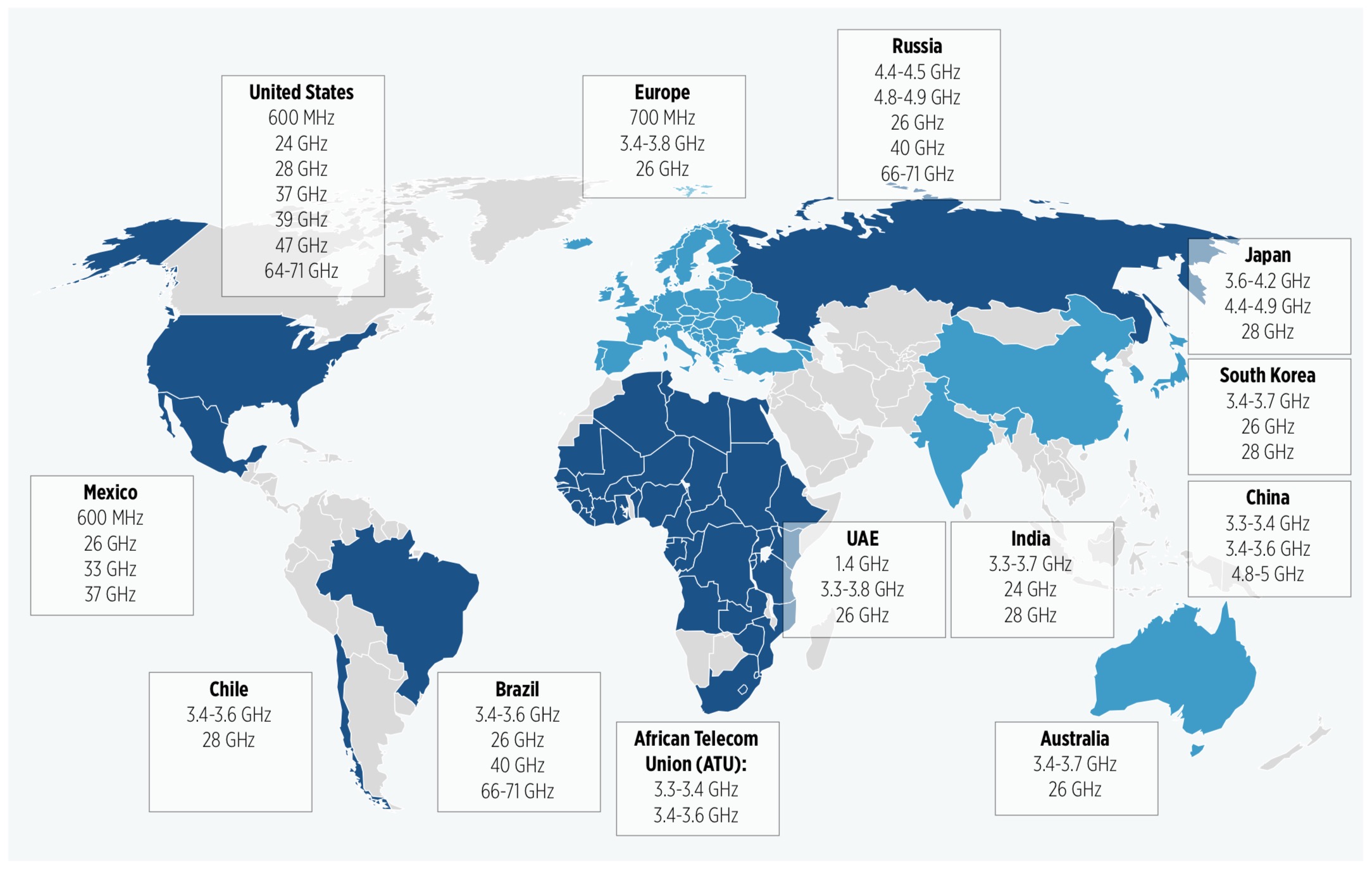
Above: A map shows the different 5G-ready radio frequencies that are being allocated across the world.
Key radio frequencies and concepts
Hz/MHz/GHz
Short for “hertz,” “megahertz,” and “gigahertz,” these terms all refer to the number of times something changes in one second. 1Hz is one time per second, 1MHz is a million times a second, and 1GHz is a billion times a second — generally, the higher the number, the faster (and more complicated) something is.
Millimeter wave / 28GHz
Often abbreviated “mmWave,” millimeter waves are ultra-high frequency radio waves in the 24GHz to 300GHz range, and are being brought to phones for the first time with 5G. Current 5G phones focus on the 28GHz band. These radio waves generally travel reliably for only short distances (around 1,000 feet), but can hold a lot of data — currently 6 gigabits per second.
Sub-6GHz
Referring broadly to radio signals in the 3.3GHz to 6GHz range, this wide swath of radio spectrum has become the sweet spot for early 5G in many countries — but not the United States (yet). Sub-6GHz radio waves can travel further than mmWave, and thus don’t require as many cell towers, but only offer around 1/3 the bandwidth.
600MHz and 2.5GHz
Pre-5G cellular standards have used lower radio frequencies between 600MHz and 2.5GHz for data. Some carriers, including Sprint and T-Mobile in the United States, are already working to bring 5G to these frequencies, which are able to travel even further than sub-6GHz and mmWave radio signals, but with noticeably slower data speeds.
20MHz vs. 100Mhz (to 800Mhz) bandwidth
Picture each of the radio frequency bands above as a separate highway for cars full of data. On 4G networks, each user’s phone may receive data in small 20MHz chunks akin to one car on a single highway lane. New 5G networks let devices receive data in 100MHz or 200MHz chunks, akin to five to ten cars linked together, with ultra-wide 800MHz highways to accommodate more cars at once.
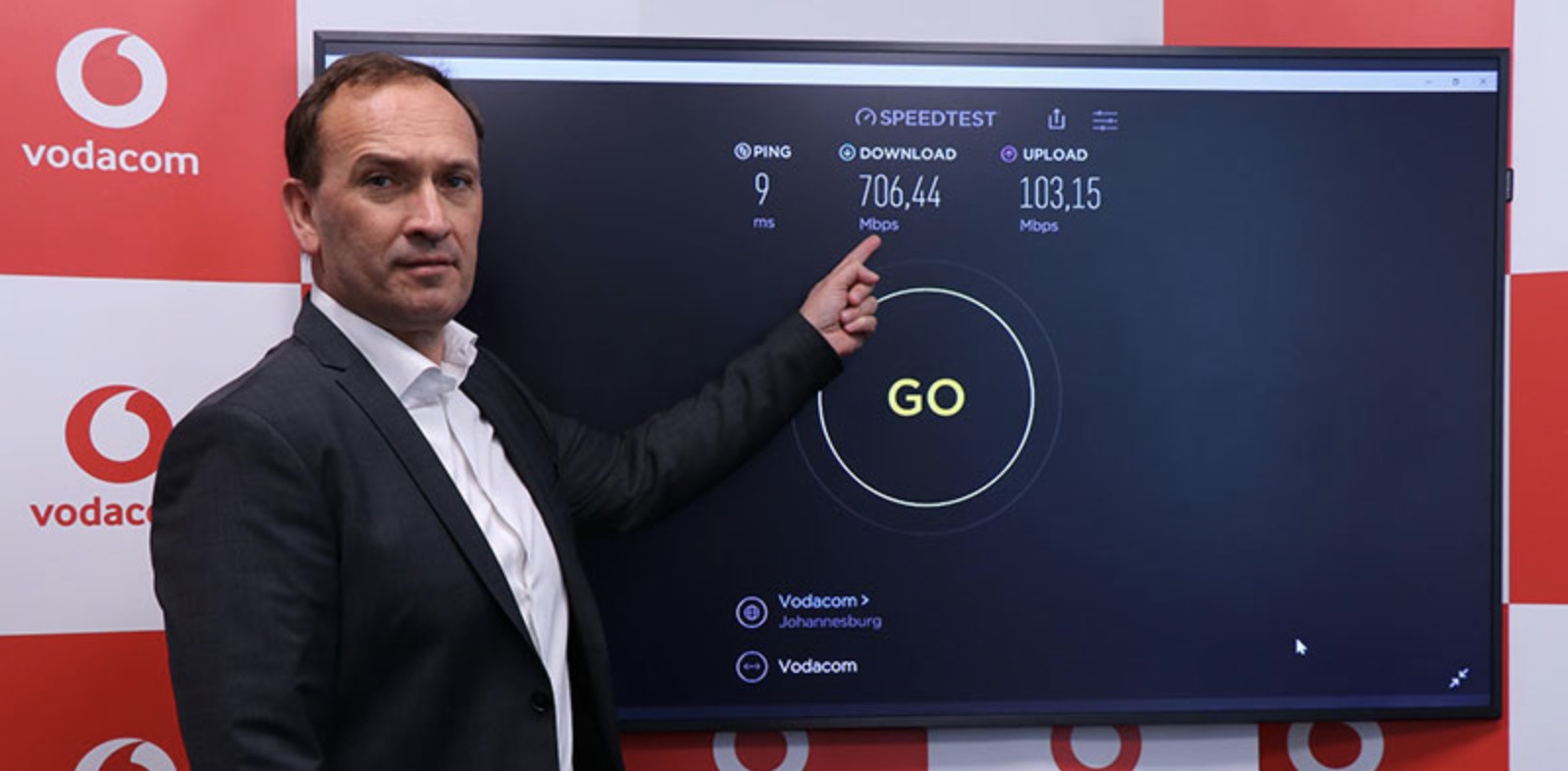
Above: Vodacom points out its 5G network’s current 706Mbps download speed and 9-millisecond latency.
Key speed concepts
Bandwidth
Put simply, the quantity of data sent or received in a second, as commonly measured in Mbps or Gbps.
Mbps
Megabits per second, the nearly universal measure of wireless network speed until now. While 4G networks today deliver under 30Mbps average download speeds — with peaks of 150Mbps in some areas — 5G networks are expected to start at 300Mbps, with typical speeds in the 600 to 800Mbps range.
Gbps
Gigabits per second, or 1,000 megabits per second. Early 5G networks are promising peak speeds between 1 and 6Gbps, which is to say roughly 10 times the best speeds of current 4G networks, though the actual line is blurrier than that.
Mb versus MB
Note that a lower-case “b” refers to bits, while an upper-case “B” refers to bytes. There are eight bits in a byte. For marketing reasons, data speeds these days are generally measured in “bits,” even though file sizes are measured in bytes, which confusingly means that a 10MB file will take 8 seconds to transfer at a data rate of 10Mb per second.
Latency
A network’s responsiveness to user requests, as measured in milliseconds (ms). 4G networks typically have 20-70ms of latency, roughly one-half or one-third the latency of 3G networks. 5G networks hope to achieve human-imperceptible single-digit latency (in the sub-10ms to sub-1ms range), with the specific latency rate depending on the connected device application.
Millisecond
One thousandth of a second. Abbreviated “ms.”
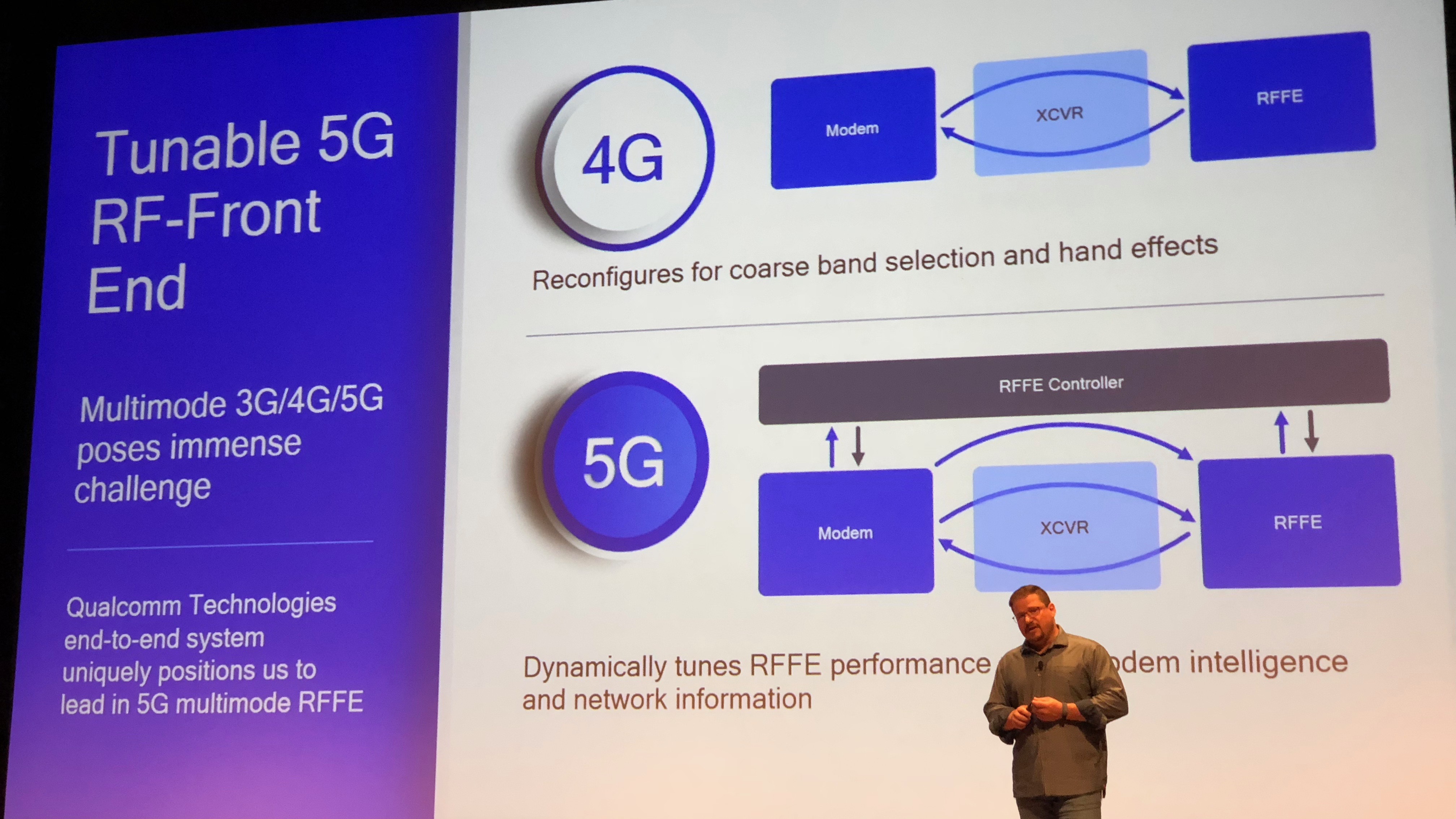
Above: Qualcomm president Cristiano Amon addresses media and analysts at 5G Day on February 7, 2018, spotlighting the company’s dynamic radio tuning hardware.
Key 5G enabling technologies
Carrier aggregation
Think of the FM radio in a car, and a single channel like “88.1.” If your radio tunes the channel perfectly, it can pick up a single, clear audio signal — let’s say it’s just a voice, singing a song. Carrier aggregation enables a radio to simultaneously tune the equivalent of 88.1, 88.2, and 88.3 at once, overlapping the voice channel with a guitar channel and a drum channel in something known as “channel bonding.” 5G supports aggregation of up to 16 channels at once, including mixes of separate 4G and 5G frequencies.
MIMO and massive MIMO
Multiple-input, multiple-output antenna systems coordinate two or four antennas at a time to simultaneously send data over the same radio channel, increasing data speeds. A phone might have a 4×2 MIMO system with 4 receiving (downloading) antennas and 2 transmitting (uploading) antennas, with up to an 8×8 array for 5G. To address multiple customers at once, new cell towers will include “massive” 128-antenna arrays with 64 receiving and 64 transmitting antennas.
QAM
Though the phrase “Quadrature Amplitude Modulation” doesn’t roll off the tongue, QAM is a technology that packs additional data signals into radio waves, enabling each wave to send multiple blocks of data simultaneously. Rather than dividing each radio wave into 16 data points (16-QAM), 5G starts by packing even more data into the same wave using 64-QAM or 256-QAM. Even higher QAMs are already possible.

Above: IBM’s 7-nanometer chip has circuits that are 1,400 times smaller than a human hair.
5G chip-making technologies
Nanometer (nm)
A nanometer is one billionth of a meter, or one millionth of a millimeter. When making chips, the smaller the nanometer manufacturing process, the smaller the key components (transistors) can be, enabling chips to pack more components into tinier housings. Early semiconductors used a 10 micrometer process, which was 1,000 times larger than the 10 nanometer process used in early 5G chips.
10-nanometer chip
Early 5G chips have been built on the 10-nanometer process, which was considered to be state-of-the-art in 2017 but is currently giving way to a smaller 7-nanometer process.
7-nanometer chip
As of late 2018, this is the current state of the art in tiny chip manufacturing, with only one foundry (TSMC) capable of mass-manufacturing chips; Samsung will soon catch up. 5G modem chips built with this process should run cooler and with less power consumption than 10-nanometer equivalents.

Varied 5G goals
eMBB
At first, 5G will most commonly be used for “enhanced mobile broadband,” specifically higher data bandwidth with improved but not peak latency (faster responsiveness) compared with 4G. 5G bandwidth will eventually get up to 20Gbps, with a guaranteed minimum of 100Mbps, and 5G networks will support 10,000 times the traffic of 4G networks.
mMTC
5G is also designed to support Massive Machine Type Communications, a way to bring billions of tiny connected devices and sensors online. The 5G standard supports an insane density of up to 1 million devices in a 0.38 square mile (or one square kilometer) area, with long range, low data rate radio signaling that can deliver 10-year battery life.
URLLC
Pushing 5G for purposes beyond 4G, the Ultra Reliable Low Latency Communications specification is designed for specific 5G use cases such as full car automation, factory automation, and remote-controlled surgery where reliability and responsiveness are mandatory. A 5G network will respond to URLLC requests by delivering data so quickly and reliably that responsiveness will be imperceptibly fast — 5ms end-to-end latency — and transmission errors will be lower than 1 packet loss in 100,000 packets. But bandwidth will be limited to under 10Mbps.
Fourth Industrial Revolution
Many proponents of 5G have said that it will bring about a “fourth industrial revolution,” following three prior major steps forward for production:
- The First Industrial Revolution used water and steam for power, mechanizing production.
- The Second Industrial Revolution used electricity for power, creating mass production.
- The Third Industrial Revolution used electronics and computers to automate production.
- The Fourth Industrial Revolution will use 5G networks and devices to enable wireless remote control and coordination of production from a distance. eMBB (high-bandwidth and holographic communications), mMTC (large-scale remote monitoring), and URLLC (control with immediate responsiveness) will be key enablers.
Summary
As everything above suggests, “5G” isn’t a simple, fixed concept, but rather a large collection of ideas designed to improve over time. Just like 4G, where users saw speed and other benefits from updating phones every couple of years, 5G will go through a similar evolution over the next decade — and then, most likely, become the support system for 6G networks. If all goes to plan, phones will only be a fraction of 5G devices: In the foreseeable future, virtually everything will be wirelessly connected.
If you’ve read everything above, you’ll be well along the path to understanding the vast potential of 5G, as well as some of the key areas where it’s likely to face challenges over the next year or two of early rollouts. Stay tuned to VentureBeat for the latest 5G developments, as we’ll be reporting on them as they happen.
